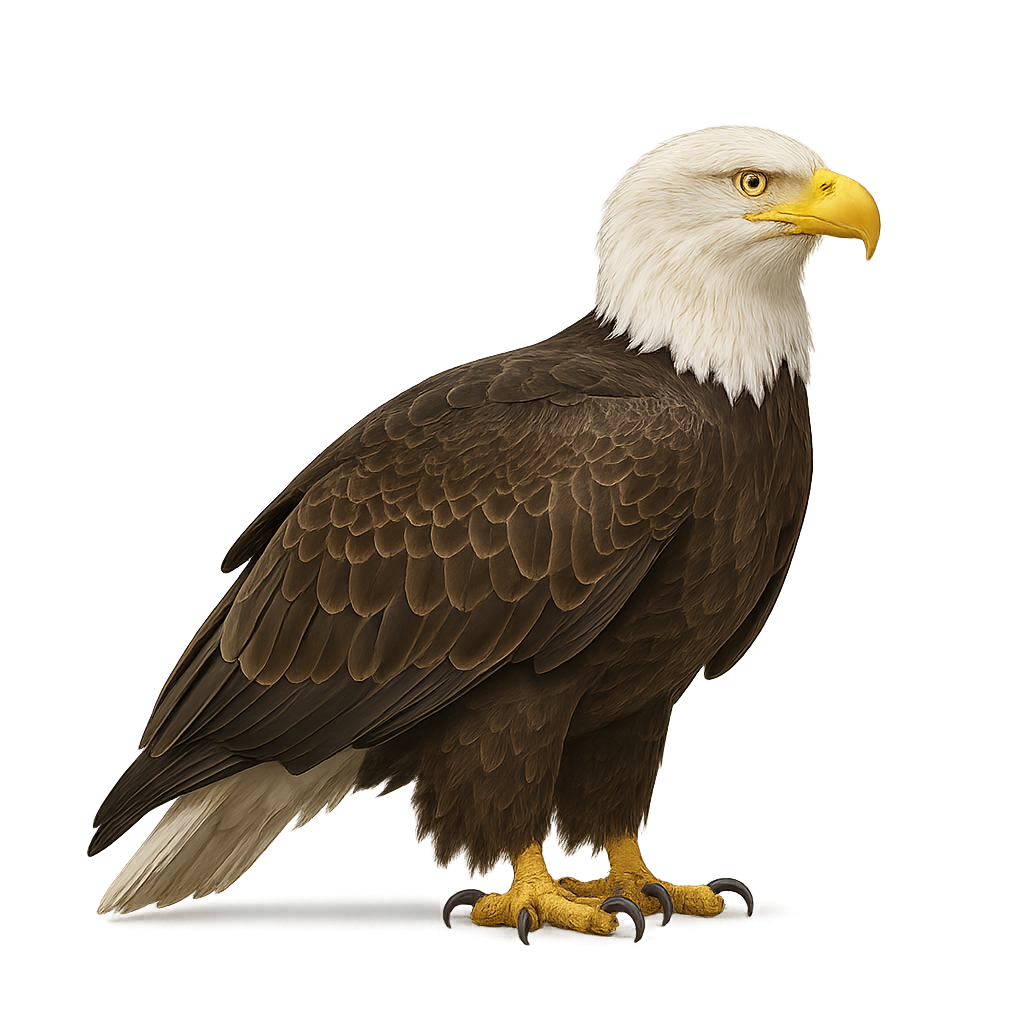Observe and photograph a species in its natural habitat
Learn where and when to observe a species in the wild, how to recognize it in the field, and what habitats it lives in. Get photography tips adapted to its behavior and capture stunning images without disturbing the animal. For full details, open the complete profile in the WildlifePhotographer app.
Bald eagle
Scientific name: Haliaeetus leucocephalus

IUCN Status: Least Concern
Family: ACCIPITRIDAE
Group: Birds
Shyness: Suspicious
Safe distance: 100 m
Breeding season / Courtship: 01.03-30.06
Gestation: N/A
Births: 01.04-31.07
Habitat:
Coastal zones, lakes, rivers, and forests in North American regions
Description:
The Bald Eagle is a large raptor primarily found in North America, near bodies of water such as lakes, rivers, and coastal areas. It measures about 70 to 90 cm in length, with a wingspan of 1.8 to 2.3 meters, and weighs between 3 and 6 kg. Its plumage is primarily dark brown with characteristic white head and tail. The Bald Eagle is an excellent hunter, primarily feeding on fish, small mammals, and birds, which it captures by diving or snatching its prey with powerful talons. Although its population once faced a significant decline and was threatened, particularly due to pollution and hunting, the Bald Eagle is now a protected species, and its population has greatly recovered.
Recommended lens:
>=200 mm
Photography tips:
Use a telephoto lens to photograph this majestic bird of prey, especially during its soaring flights. Early morning or late in the day provide the best lighting conditions. Be discreet and respect the safety distance to avoid disturbing their natural activities.
Ready to take action?
Choose your platform and start your free trial today



